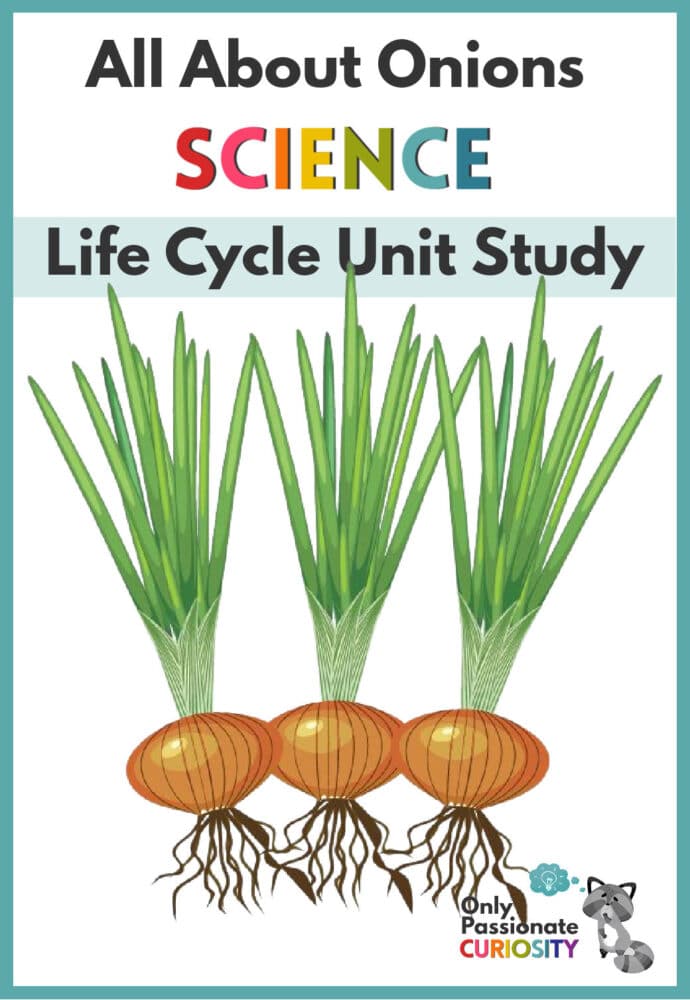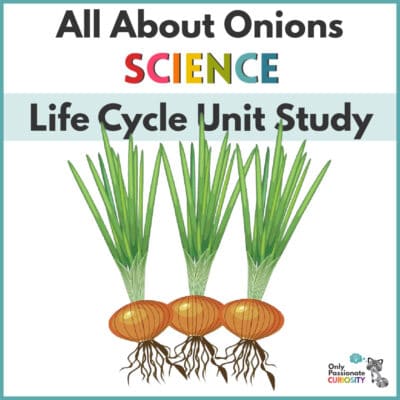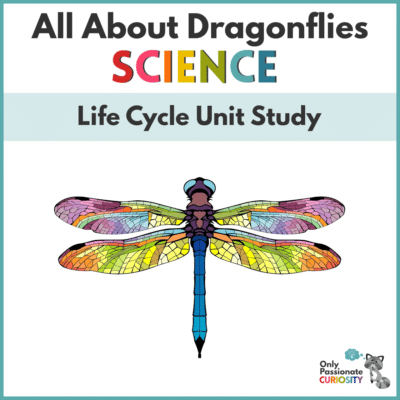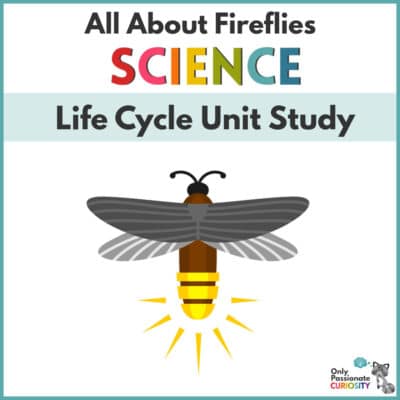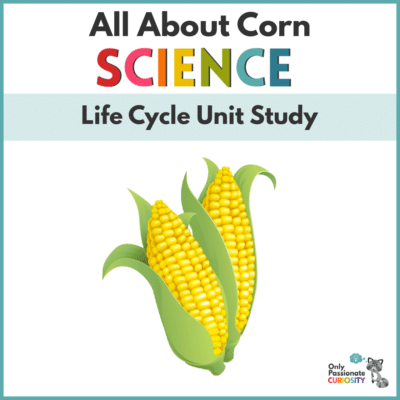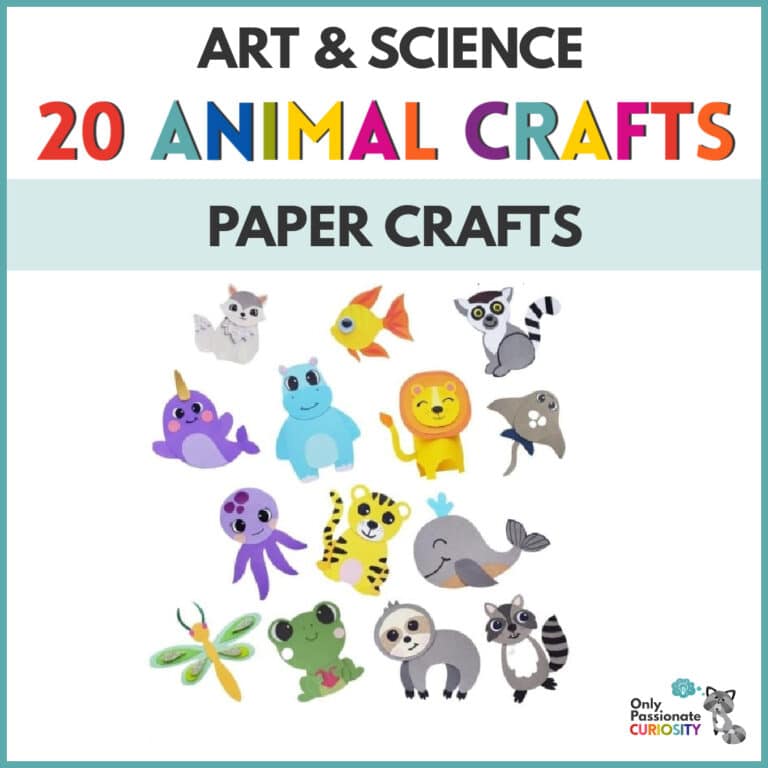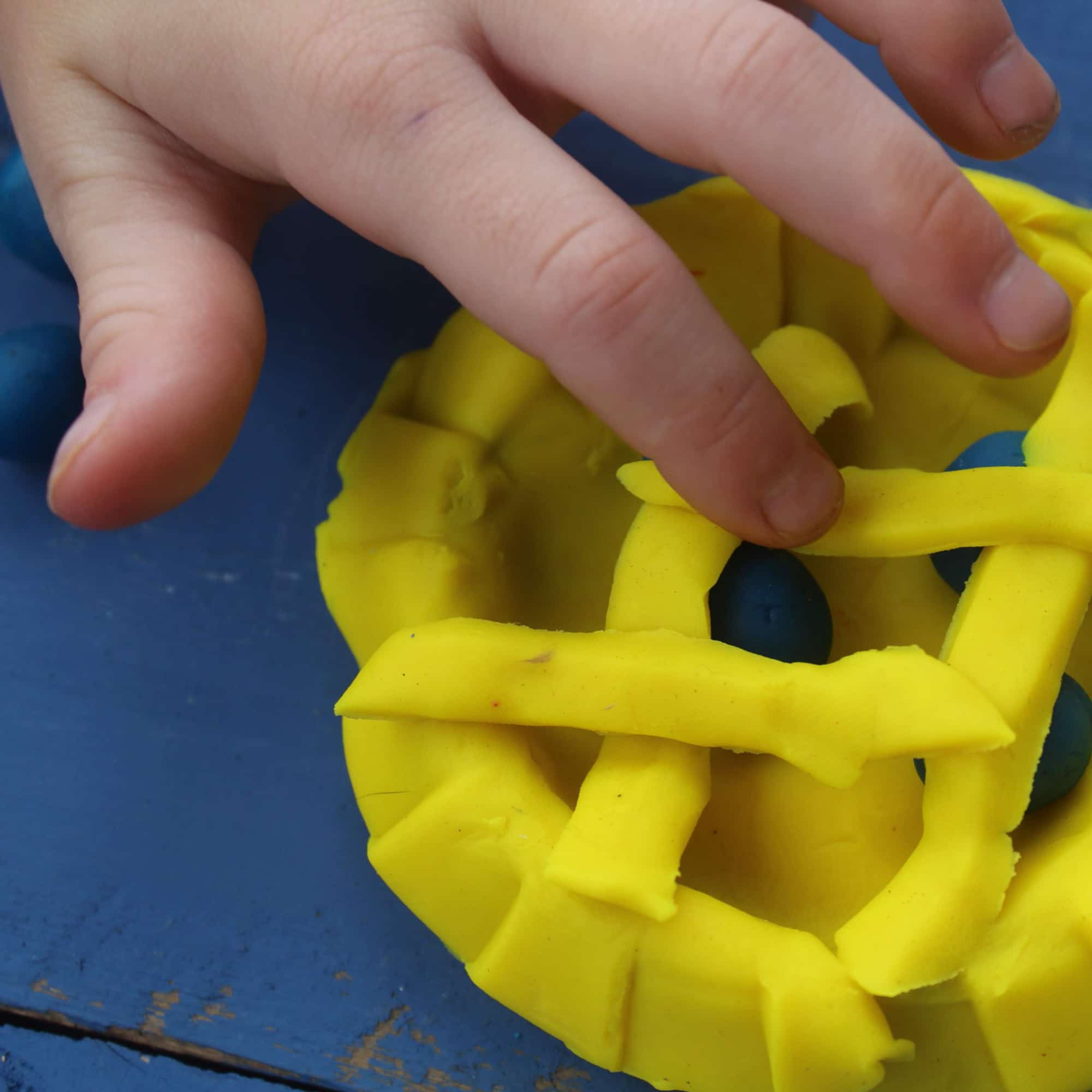All About Onions
Onions tend to be one of those foods people either really love or, well, really don’t love. Something I’ve learned from many years of being a mom and many years of cooking for my family is that kids are often more willing to taste and eat foods they’ve helped grow. This All About Onions unit study can help you make science fun, get your kids interested in gardening, and (hopefully!) cause them to want to try eating something they may not have been willing to eat before!
All About Onions Unit Study
Whether you plan to eat them or not, growing onions is a great way to teach your kids to care for plants. It’s also a perfect plant to use to introduce keeping a journal with information about planting, caring for, growing, and harvesting the plant. Why? Because onions tend to be pretty easy to grow.
This All About Onions unit study includes:
- beautiful pages that will help get your children interested in the unit study.
- worksheets to use to practice and learn the parts of an onion plant.
- Montessori three-part cards.
- journal pages for recording information about planting and growing your onions. (You’ll find more suggestions for ways to use the journal pages as you keep reading.)
Use this unit study to teach your children:
- about seed germination.
- the stages of plant growth and development.
- the life cycle of an onion plant.
- to plant and care for onions.
- to keep a nature journal with information about planting and growing onions.
Change it up for older kids!
We homeschool moms are known for taking resources and changing them to meet our families’ needs.
Creative Writing
- If you’re working on creative writing, have your children use the journal pages to write a short story.
- Make writing a short story more fun (and more challenging!) for older kids by having them include information about the life cycle of the onion in the story.
Informational Reports
- If you want them to work on writing short informational papers, use the journal pages for that purpose! Have your children use library books or look up information on the internet (with supervision, of course) and use the journal pages to write a short report.
- To make the report more fun and challenging, challenge them to include a certain number of scientific facts/fun facts about onions or their uses in the report.
More Scientific Information
- Have them research different types of onions, different ways they’re used, differences in the ways the plants look, differences in the conditions in which they like to grow, and so on.
- Get your older children to look up ways in which onions are used in herbal remedies.
- Learn about the nutritional value of onions. What nutrients do they contain? How do those particular nutrients benefit the body?
Culinary Arts
- Find some recipes featuring onions and try them out!
- Learn about the different varieties of onions and why you might choose a particular one for a particular recipe. What flavor does that kind of onion add to the finished dish? What other kind of onion might be good in the dish? Why?
Other Topics
- It’s easy to include math when you’re cooking! Make it even more educational and challenging by halving or doubling the recipe.
- As your children research onions, include multi-cultural studies! Have them learn about the history and uses of onions in different countries/cultures.
Click here to get your All About Onions Life Cycle Unit Study from our store!
And keep reading to find even more ideas and activities to expand your study of onions.
Expand your onion-related unit study with the resources listed below!
You might want to start by reading some Interesting Facts About Onions.
And watch these YouTube videos to find out how to regrow sprouted onions and how to plant onion seeds (for beginners).
If you have teens and you want them to learn how to slice or dice an onion, I like the video below. Why? Because most how-to-cut-an-onion tutorials call for placing your hand on top of a halved onion and cutting layers in the onion before dicing it. I don’t use that method and don’t recommend it (especially for teens!) because using that method makes it very easy to cut yourself. Instead, I like the method used by Rachael Ray.
Click here to get your All About Onions Life Cycle Unit Study from our store!
If you like this life cycle unit study and would like to have more life cycle units featuring different plants and animals, take a look at the ones below! NOTE: To find even more, type “life cycle” in the search bar.
All About Dragonflies: Life Cycle Unit Study
All About Fireflies: Life Cycle Unit Study
All About Corn: Life Cycle Unit Study



